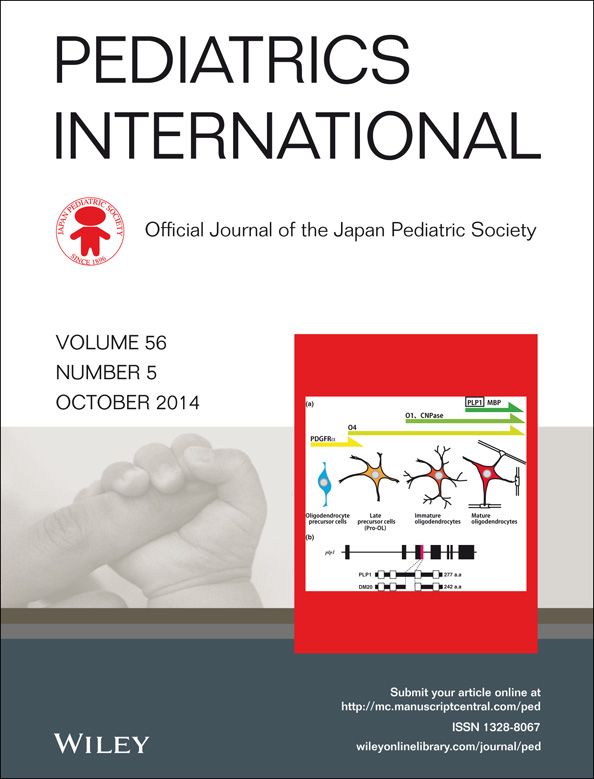Diseases mimicking intussusception: Diagnostic dilemma
Abstract
Background
Intussusception is a common abdominal emergency in early childhood. The aim of this study was to describe the diseases mimicking intussusception and to discuss the causes and management of these conditions.
Methods
Seven patients who were initially diagnosed as having intussusception on abdominal ultrasonography but who had a final diagnosis of diseases other than intussusception were reviewed retrospectively.
Results
Two patients with ileocolic intussusception underwent ultrasonography-guided reduction with a hydrostatic method but the ultrasonographic findings persisted. At surgery, only edematous ileocecal valve and mesenteric lymphadenopathy were observed. In three patients with Henoch–Schönlein purpura, initial abdominal ultrasonography showed intussusception. The patients with no sign of obstructive symptoms were managed conservatively with a diagnosis of intramural hemorrhage and on follow up the ultrasonographic findings of intussusception was resolved. One patient with the target sign on computed tomography and ultrasonography of the abdomen underwent ileocolic resection and end-to-end anastomosis due to a tumor in the cecum. There was no evidence of intussusception. One patient with a cyst in the right lower quadrant accompanying intussusception on ultrasonography of the abdomen underwent ultrasonography-guided reduction but the ultrasonographic findings persisted. On exploration, only cecal duplication cyst without intussusception was detected. Cecal resection including the cyst and end-to-end ileocolic anastomosis were performed.
Conclusions
Ultrasonography, color Doppler ultrasonography, barium or hydrostatic enema and computed tomography are helpful in diagnosing intussusception, but patients with radiologic findings of intussusception should be evaluated on symptoms and clinical findings before surgical intervention. Also, other diseases mimicking intussusception should be kept in mind in the differential diagnosis.




